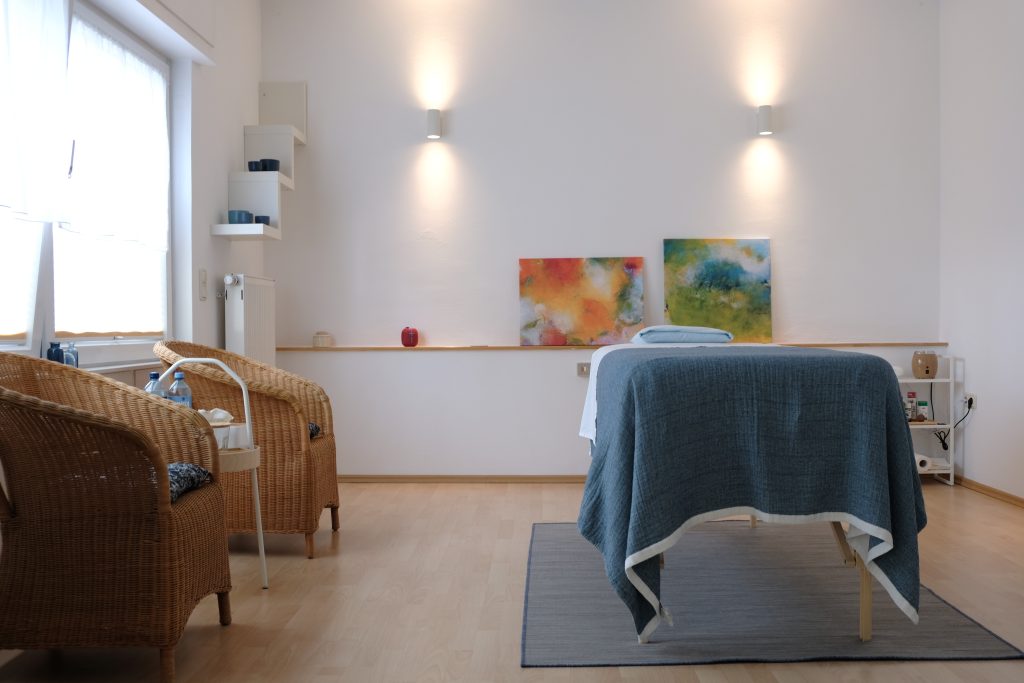TFM - Therapeutic Women's Massage
The Roots of Therapeutic Women's Massage (TFM)
The Therapeutic Women's Massage (TFM) was developed by Joseph B. Stephenson (1874–1956) in the 19th century. His method, known as "Creative Healing," is based on a holistic understanding of health and uses gentle, mindful touch to support the body's natural self-regulation.
Dr. Gowri Motha, a renowned gynaecologist and obstetrician based in London, further developed this form of massage for women's health. She created treatment concepts designed to harmonise body, mind, and soul — a philosophy that I share in my own practice.
Although TFM is not scientifically recognised, many women value this gentle method for its holistic support of their health and its ability to enhance overall wellbeing.
Your Therapeutic Women's Massage (TFM) Experience in My Practice
Each session begins with an open conversation. We take the time to discuss your concerns and wishes, allowing us to create a treatment plan tailored to your individual needs — whether you are dealing with acute or chronic issues.
The treatment always begins with a basic lymphatic treatment, performed while seated. This is followed by additional modules as needed — for example, focusing on the kidneys, pelvis, or thyroid. For organ-specific modules such as the liver or digestive organs, you will move into a comfortable supine position on a treatment table.
The massage takes place in a warm and protected space. I use pure, skin-nurturing olive oil, which has a gently warming and detoxifying effect — completely free of hormone-active substances. This is especially important for symptoms related to estrogen dominance.
A session, including consultation and relaxation time, lasts approximately 50 to 70 minutes. The frequency of sessions depends on your individual needs.
After the treatment, you will have time to gently tune into your body and relax. It is important to drink plenty of fluids — at least two to three glasses more than on a day without a massage — to help your kidneys efficiently eliminate the released metabolic waste products.
The gentle impulses your body receives during TFM need time to fully integrate. Therefore, I recommend allowing at least eight to ten days between sessions for chronic conditions. Depending on the level of tension or congestion, you may experience mild muscle soreness or fatigue the day after the massage — both are signs that your body is responding to the treatment and beginning to move towards balance.
TFM is not only a soothing relaxation massage but can also be part of a broader, holistic treatment concept. In addition, there are simple techniques from the Creative Healing method that can be easily applied in everyday life — enriching your self-care and benefiting the whole family.

